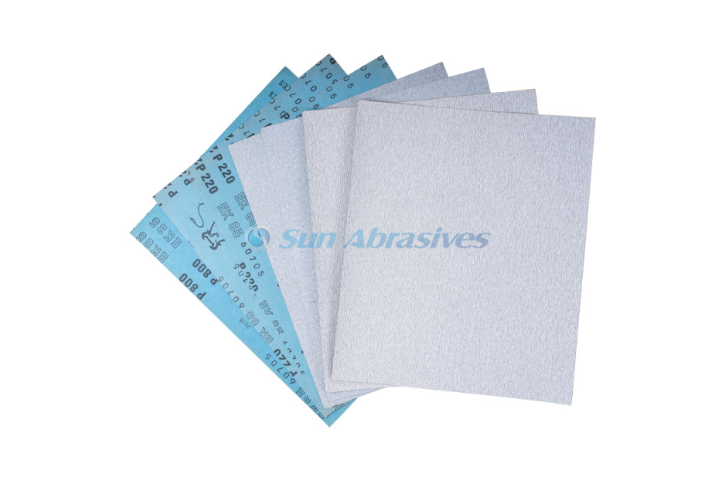Abrasive Paper: A Comprehensive Guide to Its Types, Applications, and Best Practices
Time:
2025-06-18 00:00
Source:
Abrasive paper, commonly known as sandpaper, is a versatile tool for smoothing, shaping, and finishing surfaces across industries and DIY projects. Composed of a backing material coated with abrasive grains, it has been essential for woodworkers, metalworkers, and craftsmen for centuries. This guide outlines its composition, types, applications, and practical usage tips in concise detail.

1. Composition & Structure
Abrasive paper consists of three key components:
1.1 Backing Materials
- Abrasive paper: The backing is paper, which is lightweight and affordable, and is suitable for dry sanding wood or drywall (e.g., removing fine imperfections).
- Abrasive cloth (Cotton/Polyester): The backing of abrasive cloth is cloth, which is durable and tear-resistant, and is ideal for wet sanding or contouring surfaces (common in automotive/metalworking).
- Abrasive film (Plastic): The backing of abrasive film is film, which is waterproof and is used for wet sanding to obtain fine finishes on paint or plastic.
1.2 Bonding Systems
- Resin Bond: Strong, durable for high-pressure tasks (modern standard).
- Glue Bond: Affordable but less durable, suited for light-duty use.
2. Types by Key Classifications
2.1 Grit Size
- Coarse (40–60): Rapid material removal (e.g., shaping wood, stripping paint/rust).
- Medium (80–120): General sanding (surface prep for painting/staining).
- Fine (150–220): Finishing (smooth texture before varnish; sanding between paint coats).
- Very Fine (240+): Polishing (automotive clear coats, metal/plastic finishes).
2.2 Backing & Abrasive Combinations
- Paper-backed: Dry sanding, light tasks.
- Cloth-backed: Flexible durability for heavy/detailed work.
- Film-backed: Precise sanding (e.g., automotive finishes).
3. Industrial & DIY Applications
3.1 Woodworking
- Smooth rough surfaces (saw/planer marks).
- Prepare for staining/painting; shape curved pieces with sanding blocks.
3.2 Metalworking
- Deburr sharp edges; remove rust (coarse grit); polish to shine (fine grit).
3.3 Automotive
- Sand car bodies for paint adhesion; buff clear coat scratches (very fine grit); treat rusted parts.
3.4 Construction & Home Projects
- Smooth drywall joints; remove old paint/adhesive; refinish wooden floors.
3.5 Crafts & Hobbies
- Finish plastic models, ceramic pieces, or leather edges; polish jewelry metals.
4. Selecting the Right Abrasive Paper
4.1 Grit Choice
Start with coarse grit for heavy removal, progressing to finer grits for smooth finishes (e.g., 60 → 120 → 240 for wood refinishing).
4.2 Backing Material
Match task intensity and environment: paper for dry/light work, cloth for durability, film for wet applications.
4.3 Abrasive Type
- Aluminum oxide: General-purpose (most materials).
- Silicon carbide: Wet sanding, non-ferrous metals/ceramics.
- Zirconia alumina: Hard metals, heavy-duty projects.
- Ceramic grain: High-performance grinding for tough materials ideal for applications requiring high heat resistance and durability.
4.4 Quality Check
Ensure strong grit adhesion to avoid surface damage; invest in higher-quality papers for professional results.
Abrasive paper’s versatility makes it essential for countless sanding and finishing tasks. By understanding grit sizes, backing materials, and abrasive types, users can select the right tool for their needs. Following proper techniques and safety measures ensures professional results in woodworking, metalworking, automotive, and DIY projects. Maintaining a varied grit and type collection empowers both experts and hobbyists to achieve smooth, polished surfaces efficiently.
Related News
undefined



